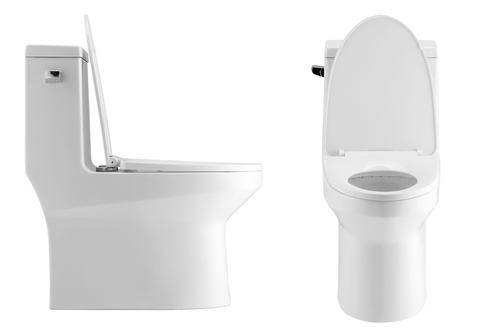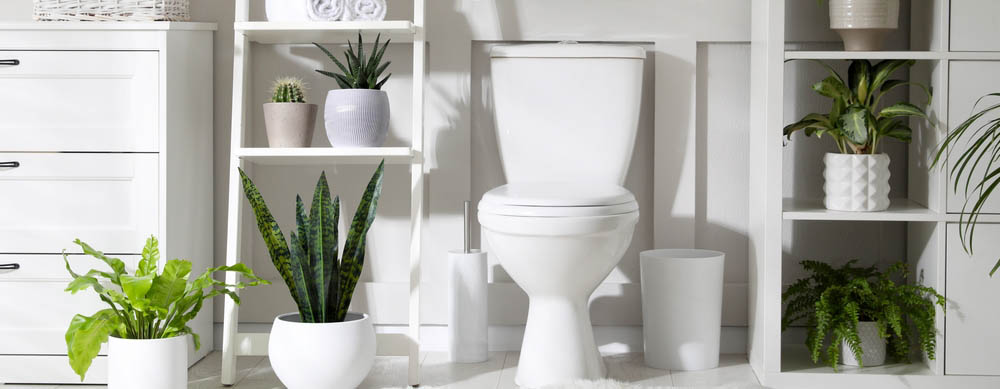When it comes to bathroom maintenance, the toilet cistern often falls under the radar until something goes wrong. While the toilet tank may seem simple, it actually plays a critical role in your plumbing system. A malfunctioning cistern can lead to several problems, some of which are merely annoying, while others can be downright costly. In this guide, we’ll explore seven common toilet cistern issues and how you can fix them yourself.
1. Running Toilet Cistern
This is when you hear water continuously running after you’ve flushed the toilet. The sound can be irritating, and the waste of water can drive up your utility bill. Most often, a damaged or misaligned flapper is the culprit. The flapper is supposed to create a watertight seal but can fail due to wear and tear. To resolve this, you’ll need to inspect the flapper by first turning off the water supply. If the flapper is damaged, it’s generally an easy fix to replace it. If it’s misaligned, a quick adjustment should suffice.
2. Incomplete Or Weak Flush
The issue of an incomplete or weak flush manifests as the toilet failing to flush away waste entirely or with the force you expect. The root of this problem usually lies in the flapper closing too soon or an obstruction in the flush valve. You can often solve this by adjusting the chain that connects the flapper to the flush handle, giving it a bit more slack. If that doesn’t work, you may have to inspect the flush valve for blockages and remove them.
3. Leaking Toilet Cistern

A more serious issue that requires attention is a leaking toilet cistern. If you find water pooling around the base of your toilet, you may have a leak. This can result from either a cracked cistern or a failed seal between the tank and the bowl. For minor cracks, epoxy can act as a temporary fix. For issues with the seal, however, you’ll need to replace the gasket between the cistern and the bowl.
4. Phantom Flushes
Phantom flushes can also be both eerie and wasteful. This phenomenon occurs when the toilet seems to flush on its own. The usual cause is a slow leak from the cistern into the bowl, often due to a defective flapper or seal. Replacing these parts can typically solve the problem.
5. Slow-Filling Cistern
A slow-filling cistern can also be a nuisance, particularly if you have a busy household that needs to use the toilet frequently. This can happen if there’s a kink or blockage in the fill valve or water supply line. A quick inspection should reveal the problem. You might also need to adjust the float to ensure the tank fills to the correct level.
6. Overflowing Cisterns
Overflowing cisterns are another issue that homeowners occasionally face. An overflow typically results from a malfunctioning fill valve or float. Either the float fails to signal the valve to stop filling, or the valve itself is defective. In both cases, you’ll need to replace or adjust the problematic component.
7. Unpleasant Odours
Lastly, unpleasant odours emanating from the toilet are not just uncomfortable; they can be a sign of bacterial buildup in the cistern. Disinfecting the tank using bleach tablets or white vinegar can eliminate the problem. Be sure to let the cleaning agent sit for a few hours to kill all the bacteria before flushing.
Toilet cistern problems can range from simple fixes to more complex issues requiring the attention of a professional. The key is to identify the problem early and deal with it accordingly. If in doubt, don’t hesitate to consult a plumber, as some issues may be symptomatic of larger, more serious plumbing concerns. Regular maintenance and inspection are your best bets to keep your toilet cistern—and by extension, your bathroom—in optimal condition.
By being proactive, you can save time, and money, and avoid the hassle of dealing with serious plumbing issues down the line.





